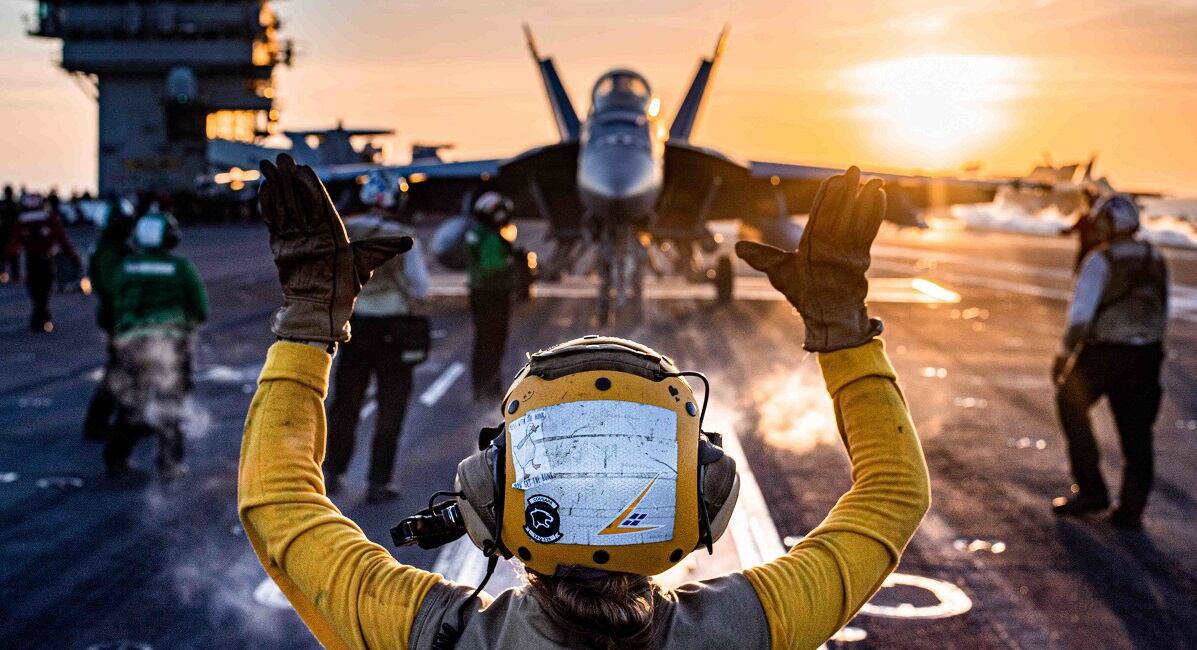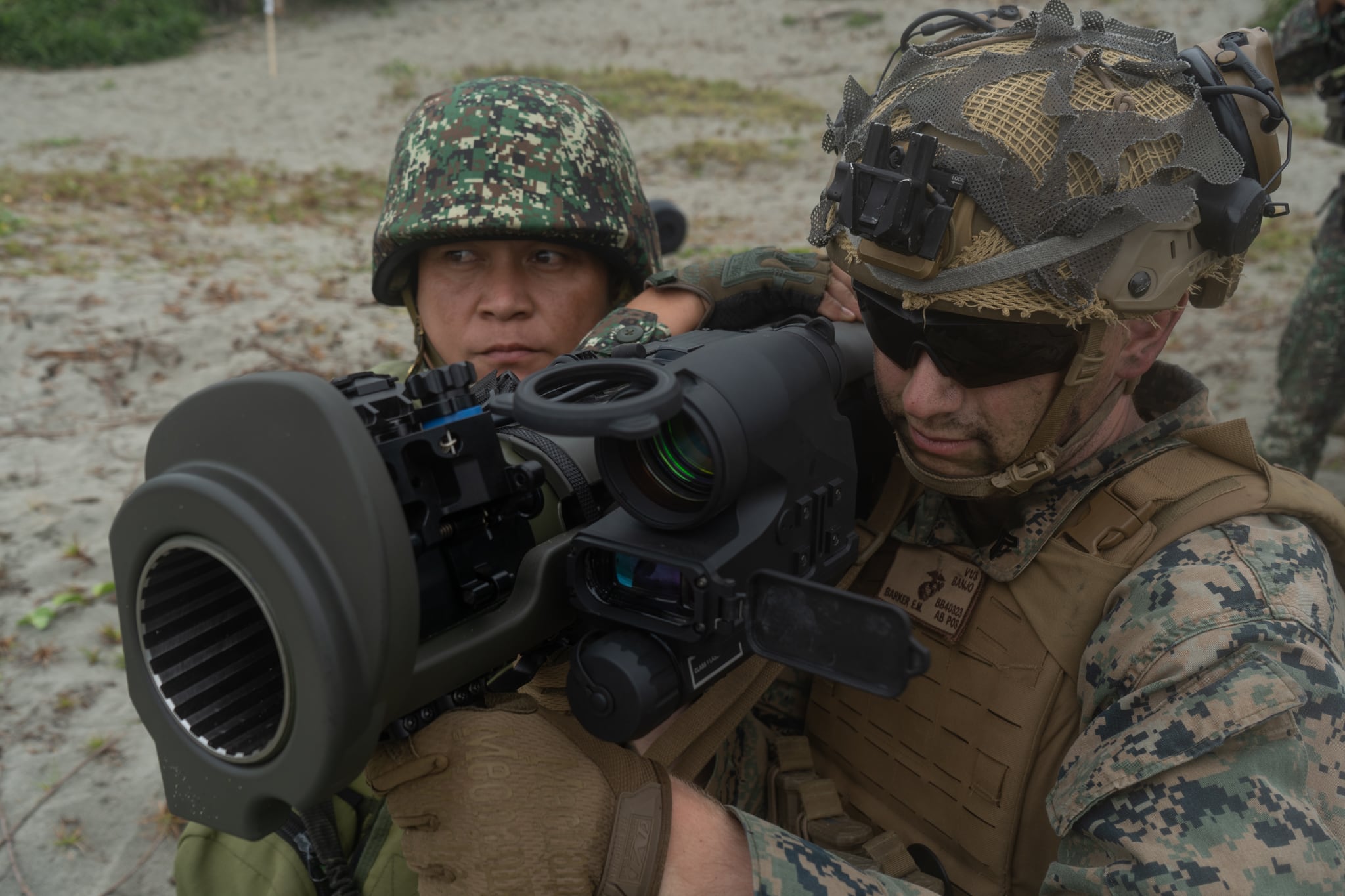More than 12,000 U.S. troops from all four branches will join thousands of their Philippine counterparts next week as part of the annual Balikatan exercise in and around the island nation, the largest iteration of the annual event in its 38 years.
This year’s exercise, which starts April 11, follows an announcement Monday that Manila will give U.S. forces access to four additional bases, all of which face the South China Sea, with multiple sites in northern Cagayan province less than 400 miles from Taiwan.
The new basing agreement has predictably irked China, which has increasingly sought to claim the international waters of the South China Sea as its own.
All told, 5,400 Philippine troops will join about 12,200 U.S. personnel in the 17-day Balikatan event, with just more than 100 Australian troops joining in as well, U.S. officials said in a release announcing the exercise.
That’s nearly double the 9,000 troops who took part in last year’s exercise.
RELATED

U.S. Indo-Pacific Command officials did not immediately confirm whether any of this year’s maneuvers would take place on the Philippine bases now accessible to American forces under the deal announced this week.
Balikatan will feature the new 3rd Marine Littoral Regiment, a stand-in force created to reflect the requirements of an island-hopping fight against the Chinese military. Officials said late last year that the unit will reach initial operational capability by September.
The Navy will be steaming in the area with transport dock ships John P. Murtha and Anchorage carrying the 13th Marine Expeditionary Unit.
On the Army side, an infantry brigade will take part in Balikatan, as will combat aviation and air defense artillery brigades.
The Air Force is sending its 13th Air Expeditionary Group, which includes fighter, attack, airlift, air control and engineering squadrons.
Special forces from all four services will also take part, according to officials.
The countries will operate together on maritime security missions and amphibious operations, as well as live-fire training and airborne operations, according to U.S. officials.
Forces will also practice counterterrorism, cyber defense, disaster relief and humanitarian assistance missions.

While it remains unclear how Beijing will react to the large exercise in what it considers its own backyard, Chinese leaders have already pushed back on stronger ties between the two countries.
In a closed-door meeting in Manila with their Philippine counterparts last month, a Chinese Foreign Ministry delegation expressed its strong opposition to an expanded U.S. military presence in the Philippines and warned of its repercussions to regional peace and stability, Philippine officials said.
The Chinese Embassy separately warned in a recent statement that the Philippine government’s security cooperation with Washington “will drag the Philippines into the abyss of geopolitical strife and damage its economic development at the end of the day.”
The long-seething territorial conflicts have persisted as a major irritant in Philippine-China relations early in the six-year term of President Ferdinand Marcos Jr. Since Marcos took office last year, his administration has filed at least 77 diplomatic protests against China’s increasingly assertive actions in the disputed waters, out of more than 200 such protests that have been lodged.
The Philippines used to host two of the largest U.S. Navy and Air Force bases outside the American mainland. The bases were shut down in the early 1990s after the Philippine Senate rejected an extension, but American forces later returned for large-scale combat exercises with Filipino troops under a Visiting Forces Agreement.
The Associated Press contributed to this report.
Geoff is the managing editor of Military Times, but he still loves writing stories. He covered Iraq and Afghanistan extensively and was a reporter at the Chicago Tribune. He welcomes any and all kinds of tips at geoffz@militarytimes.com.




